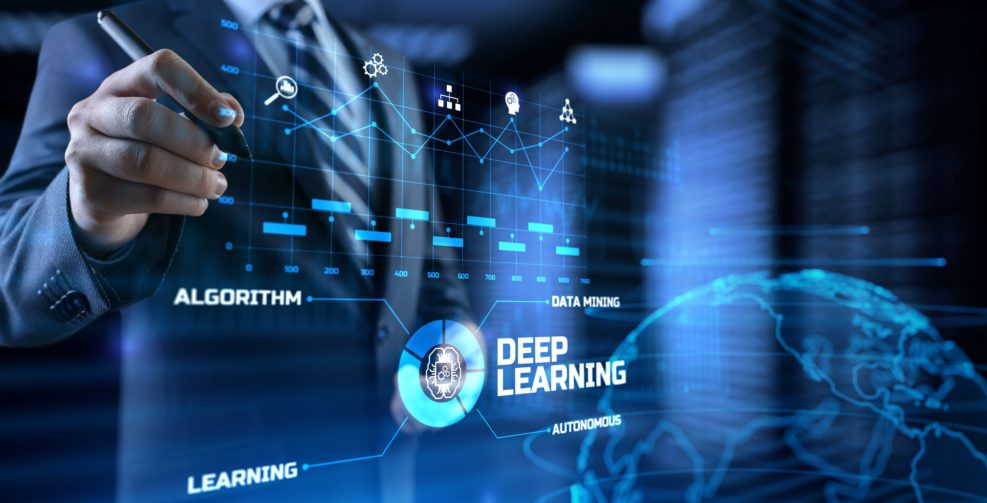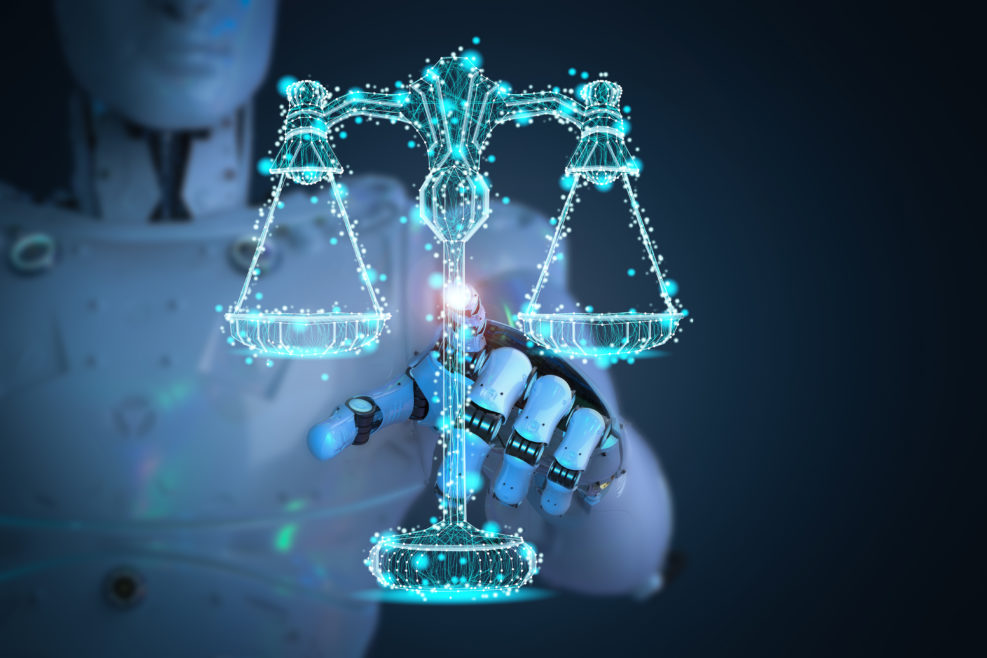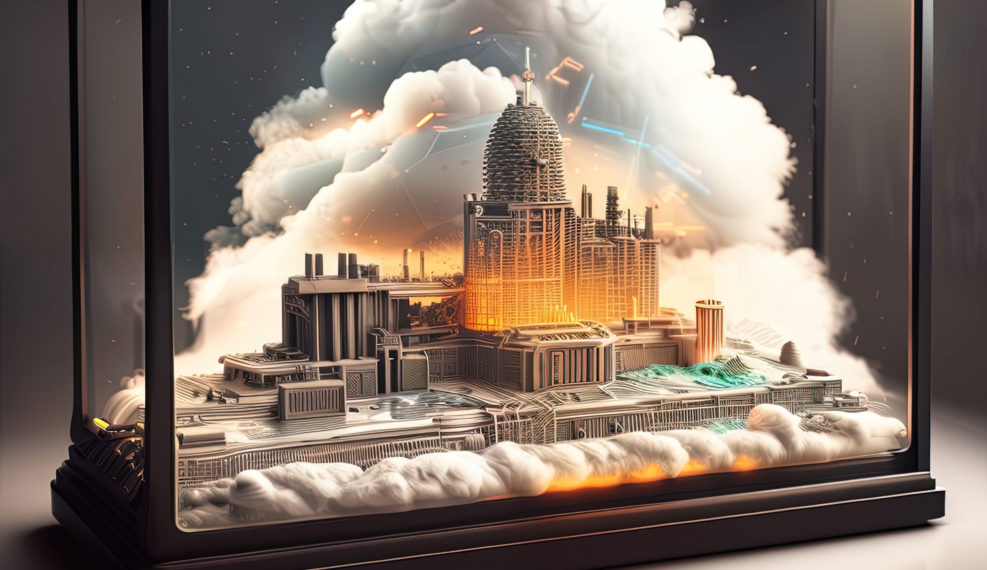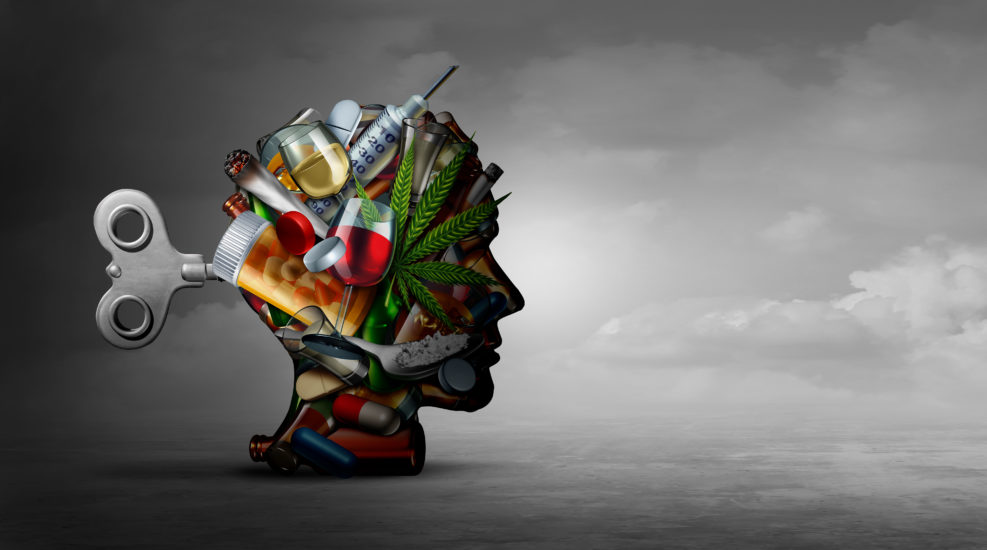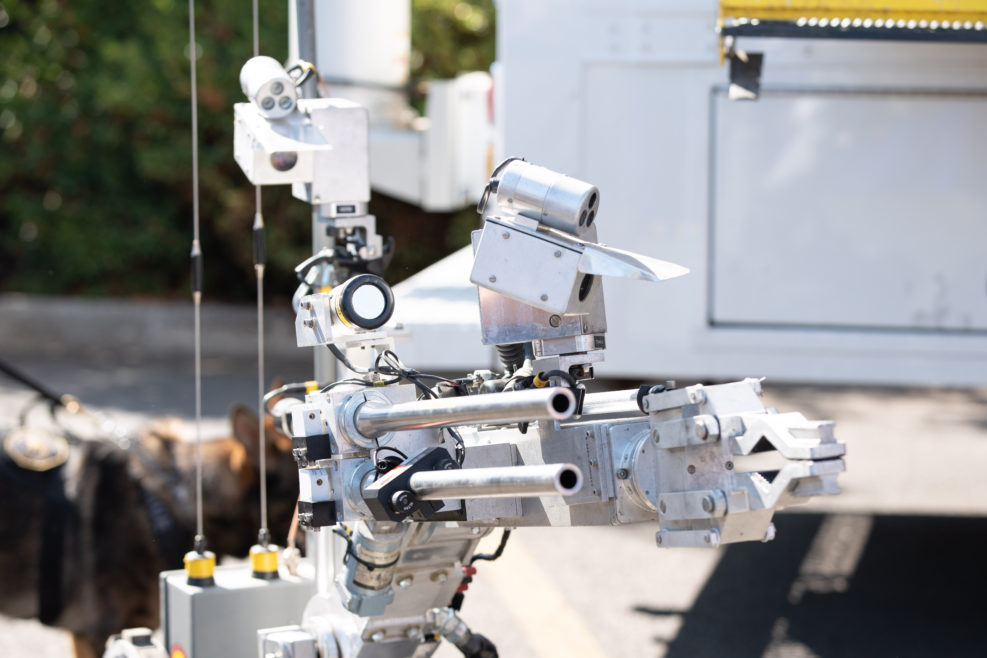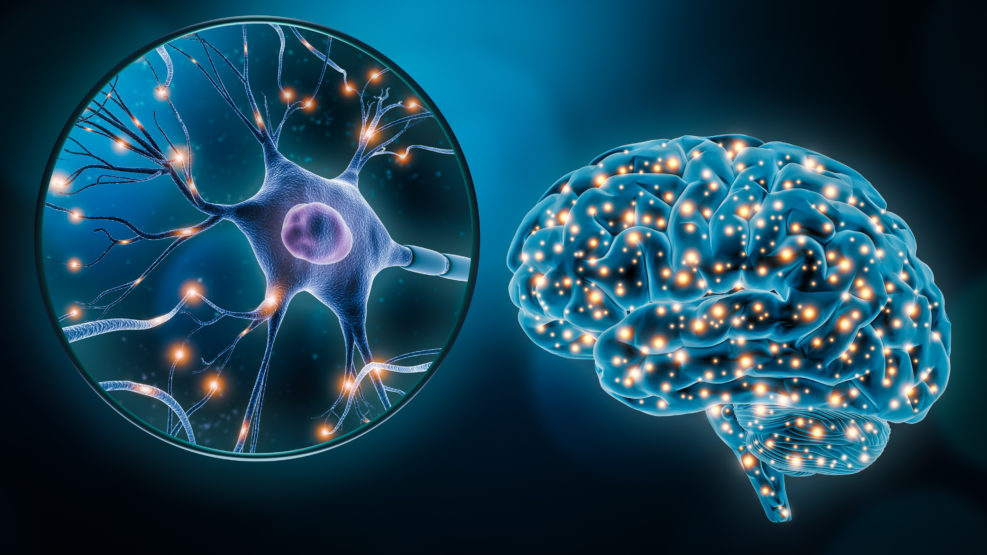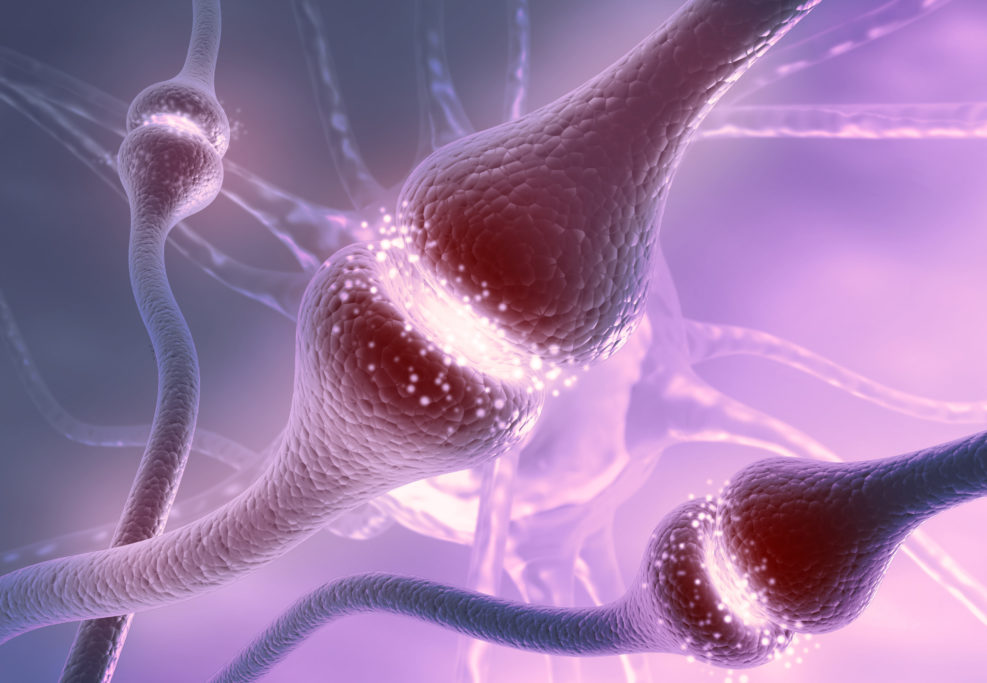
Note to Parents: Grooming and Wokeness Are Embedded in Chatbots
With or without tuning, all AI chatbots are biased one way or another. AI without bias is like water without wetFirst impressions of a person can be wrong. Further interactions can reveal disturbing personality warts. Contrary to initial impressions, we might find out they lie, they are disturbingly woke, they can’t do simple math, their politics is on the extreme left, and they have no sense of humor or common sense. I have just described Open AI’s GPT3 chatbot, ChatGPT. Initially, users are gobsmacked by the its performance. Its flashy prose responses to simple queries look amazing. But become roommates with the chatbot for a few hours and its shortcomings become evident . It can’t get its facts straight, can’t do simple math problems, hates Donald Trump, and is being groomed to be “woke.” Its performance warts are so numerous that Bradley Center Senior Fellow Gary N. Smith hoists a Read More ›



